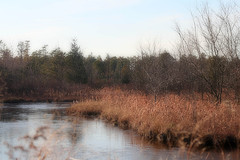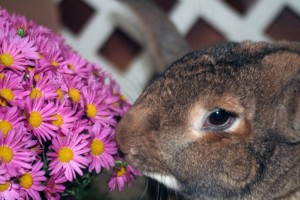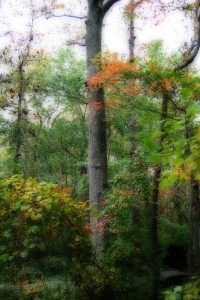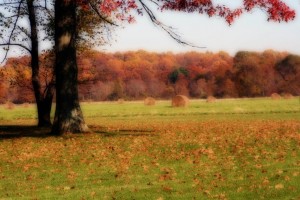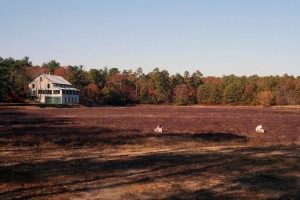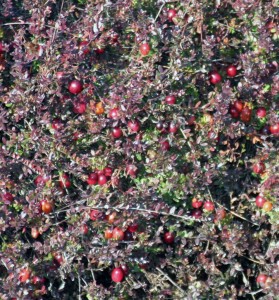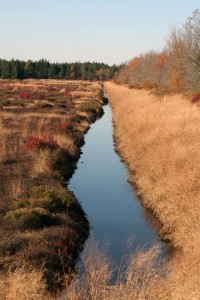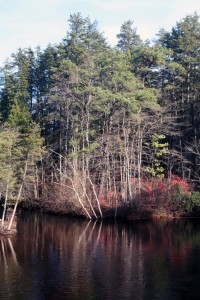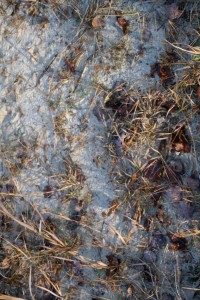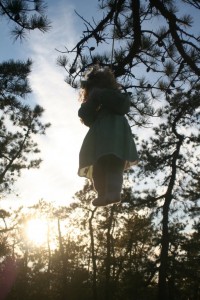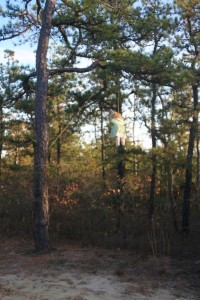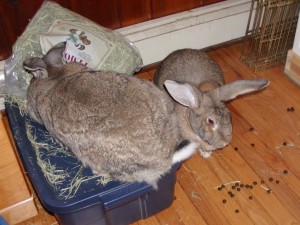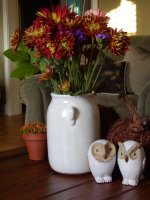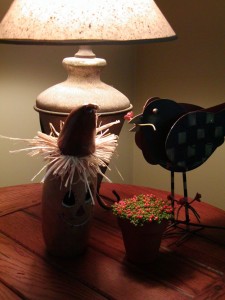Lene at Whorled Leaves recently prompted readers of Gary Snyder’s “The Practice of the Wild” to share their experience of returning to the place where they grew up.
Snyder says, “The childhood landscape is learned on foot, and a map is inscribed in the mind–trails and pathways and grooves–the mean dog, the cranky old man’s house, the pasture with a bull in it–going out wider and farther. All of us carry within us a picture of the terrain that was learned roughly between the ages of six and nine….Revisualizing that place with its smells and textures, walking through it again in your imagination, has a grounding and settling effect.” (26)
In the crooked sort of way that my mind works, I was reminded of the following introduction to the memoir by Ana Maria Matute that I translated as an undergrad Spanish major. The book is called, “The River” and in it Matute shares childhood memories of the small Spanish village where she grew up. I’ve posted other essays from the project here and here and enjoy the excuse to reread and rework these translations from time to time.
“After eleven years, I have returned to Mansilla de la Sierra, the land of my childhood. The marsh has since enveloped the small old town, and a group of white houses, so new they seem surprised to be there, glisten in the moist foliage of autumn.
Returning to an old place after so much time stirs and revives clouded images we’d thought we had forgotten, that leap before us with a strange new meaning that can be very emotional. But everything is muted, both vibrant and muted beneath this layer of dark green glass that prevents me from walking up the slope toward the forests where the oak and beech trees are that I loved so much. The water now covers what once were beautiful and sweet lowlands bordered by white and black poplars. There on the other side of the marsh are the trees, the leaves that saw us as children, teenagers. The water covers it all; the image of the house, the stone walls, the meadow, the garden, the poplar grove. So many names, so many children’s games now silent.
Any child could have drawn the house: square, simple, with symmetrical windows and a long wrought-iron balcony that crossed the front from side to side. But you wouldn’t know that house unless you were ten years old and had run in the grass of its meadow, not unless you had fallen sweaty and exhausted under the shade of its great walnut trees. You wouldn’t know it if you hadn’t hid yourself, at one time or another, among the garden vines or in the poplar grove, if you didn’t secretly climb to the highest branches of the cherry trees, in search of fruit that had not yet ripened.
And the river, how has it disappeared so strangely? I remember the river bordering the meadow, with its wide stones covered with lichens and moss, the delicate bulrush, the white, royal purple, and yellow flowers, the little bushes, the dragonflies that glowed in the sun, the dark puddles beneath the crooked trees, the wobbly bridges crossing the water. We knew that the river overflowed its banks sometimes in the winter and that it knocked down stretches of the stone wall. But we never saw it like this; overflowed, defeated, almost fearful. I know that the river widens again below. I have read its name, I’ve heard it beneath a bridge on level ground, between the meadows and the fertile land of the Rioja. But it’s not our river, not the one that we knew. It’s not the one that carried our voices and stole from us, more than once, a handkerchief or a sandal. I don’t know where its gold and green water went, its shady ditch, or its banks covered with mint. They say that it’s there, where the water has widened, taking on a dirty tint, the color of fear, and flooding everything. But I don’t understand these things. The river still lives, deep at the bottom of the marsh and, closing my eyes, I see it intact like a miracle. A river of gold that, like life, journeys toward a place from which it does not return.”
Matute writes often of childhood and the influence of nature is strong in the lives of her characters. Perhaps that is why I was drawn to her as an author to translate, well before I recognized the same influence in my own thoughts.
If you’d like to share some memories of your own childhood places and how it feels to return there, please visit this post at Whorled Leaves.
**Posted via Flickr, when Blooger refused to upload a pic. Thanks to Egret’s Nest who helped me figure out how to do this!
